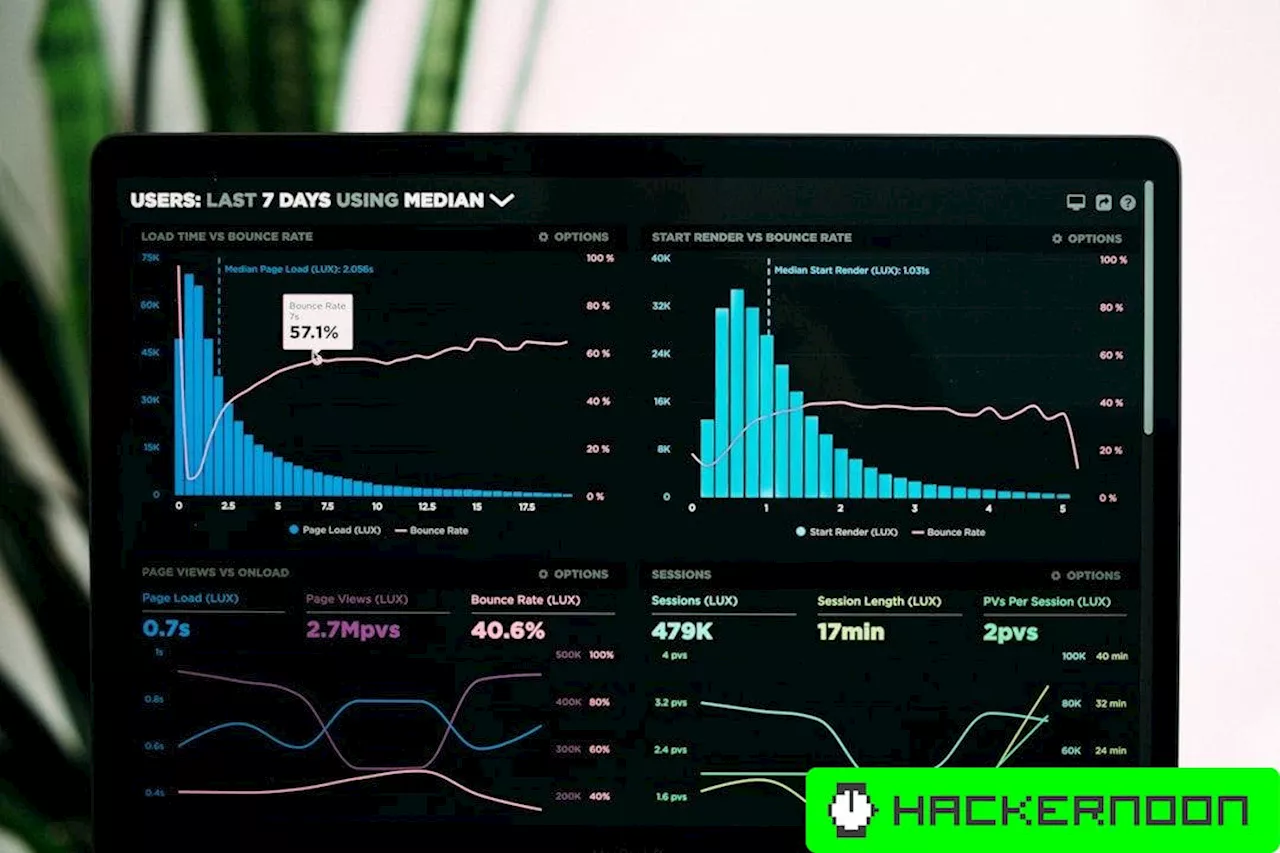Future emissions will depend on what is used to meet AI's surging power needs.
The balance of fuels that meet this added thirst — gas, renewables, batteries, nuclear and more — will sway future carbon dioxide emissions.The Electric Power Research Institute sees these digital hubs draining between 4.6%-9.1% of U.S. electricity in 2030, based on four scenarios.Stunning stat:
"At 2.9 watt-hours per ChatGPT request, AI queries are estimated to require 10x the electricity of traditional Google queries," EPRI finds.But a new TD Cowen report projects "75-100% of incremental U.S. data center load growth in the near to medium-term will be supported by natural gas."sees data centers driving over a third of what they project will be 2.4% annual U.S. power demand growth through 2030.
Goldman projects these hubs using 8% of U.S. electricity by then, and assume a 60/40 split between gas and renewables in meeting new demand growth for this infrastructure.EPRI calls for a multi-pronged strategy that include efficiency gains, but they warn that since 2018, these improvements have slowed.EPRI's working with the data center industry and utilities to explore sustainable approaches.
One of the ideas: backup generators powered by "clean fuels" that help move the data center-grid relationship from a passive one to a "shared energy economy." That means "grid resources powering data centers and data center backup resources contributing to grid reliability and flexibility."Share on linkedin
Electric Grid Electricity Carbon Emissions Electric Power
United Kingdom Latest News, United Kingdom Headlines
Similar News:You can also read news stories similar to this one that we have collected from other news sources.
 Unlocking the Power of Advanced Data Types in Big DataFeatures of the specialized data types near integers and strings, which we use in every-day life, will allow us to store and operate complex data structures.
Unlocking the Power of Advanced Data Types in Big DataFeatures of the specialized data types near integers and strings, which we use in every-day life, will allow us to store and operate complex data structures.
Read more »
 ShotSpotter’s Chicago future faces final vote with new data on victims helpedThis focus on how many people ShotSpotter has helped is a recent emphasis for backers of the technology, who long concentrated mainly on it helping police lock up offenders and lower crime.
ShotSpotter’s Chicago future faces final vote with new data on victims helpedThis focus on how many people ShotSpotter has helped is a recent emphasis for backers of the technology, who long concentrated mainly on it helping police lock up offenders and lower crime.
Read more »
 How to ensure biodiversity data are FAIR, linked, open and future-proofWithin the Biodiversity Community Integrated Knowledge Library (BiCIKL) project, 14 European institutions from ten countries, spent the last three years elaborating on services and high-tech digital tools, in order to improve the findability, accessibility, interoperability and reusability (FAIR-ness) of various types of data about the world's...
How to ensure biodiversity data are FAIR, linked, open and future-proofWithin the Biodiversity Community Integrated Knowledge Library (BiCIKL) project, 14 European institutions from ten countries, spent the last three years elaborating on services and high-tech digital tools, in order to improve the findability, accessibility, interoperability and reusability (FAIR-ness) of various types of data about the world's...
Read more »
 How Crypto Data APIs and AI are Shaping the Future of Finance and TechnologyDiscover how crypto da APIs are fueling innovation in financial services, regulatory compliance, economic simulation, asset discovery, gaming, and the metaverse
How Crypto Data APIs and AI are Shaping the Future of Finance and TechnologyDiscover how crypto da APIs are fueling innovation in financial services, regulatory compliance, economic simulation, asset discovery, gaming, and the metaverse
Read more »
 Using Scanned Mesh Data for Auto-Digitized 3D Modeling: Conclusion & Future Work and ReferencesA paper regarding the automatic generation of accurate floor plans and 3D models from scanned mesh data for interior design and navigation.
Using Scanned Mesh Data for Auto-Digitized 3D Modeling: Conclusion & Future Work and ReferencesA paper regarding the automatic generation of accurate floor plans and 3D models from scanned mesh data for interior design and navigation.
Read more »
 Komprise Smart Data Workflows Bring AI Models To All Your DataJustin is founder and principal analyst at PivotNine. He covers enterprise IT, cloud, and information security.
Komprise Smart Data Workflows Bring AI Models To All Your DataJustin is founder and principal analyst at PivotNine. He covers enterprise IT, cloud, and information security.
Read more »
